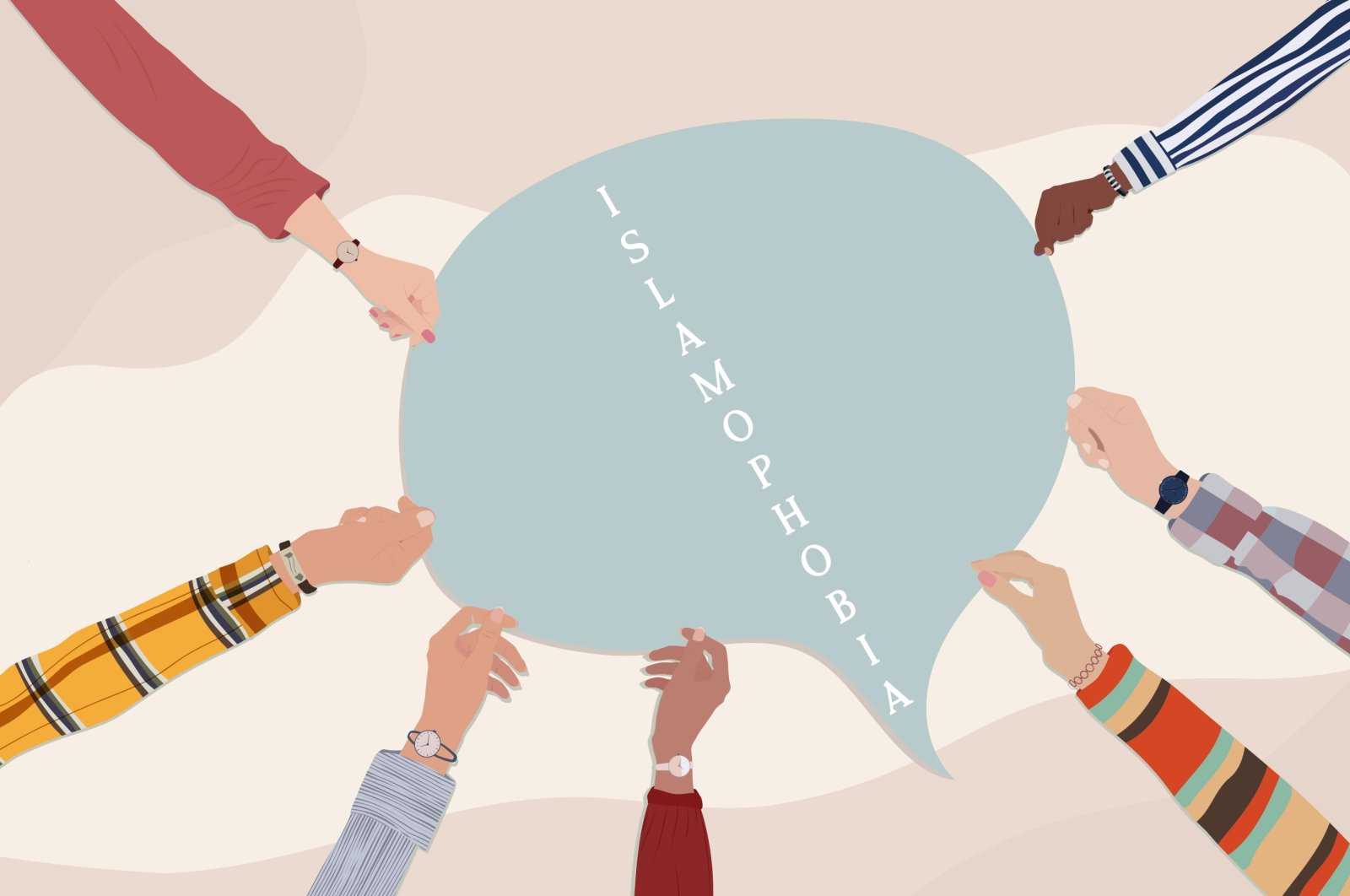
The ruling elite's vilification of fellow Muslims, driven by various factors, breaches human rights norms and fuels global Islamophobia, requiring attention from Muslim leaders and experts
Over the weekend, I found myself amid the intellectual tapestry of Doha, Qatar, participating in a distinguished conference on Islamophobia meticulously curated by Georgetown University Qatar. The assembly, comprising a kaleidoscope of international academics, experts, artists and media representatives, delved into the multifaceted dimensions of Islamophobia – its historical underpinnings, varied manifestations and strategies requisite for its mitigation.
The consensus among participants was resounding: Islamophobia is far from a contemporary malady; its roots trace back to the annals of history, resonating with the epochs of Crusaders and the initial encounters between Europe and Islam. Furthermore, a unanimous acknowledgment prevailed concerning the existence of systemic, structural and policy-driven Islamophobia, perpetuating acts of violence against Muslims and those who bear the semblance thereof.
However, my discernment of the conference conversations revealed, at least theoretically, nuanced divergences in the analysis of this pervasive specter haunting a faith embraced by nearly 2 billion people globally. While this space is not conducive to dissecting the theoretical intricacies inherent in academic debates on Islamophobia, I posit their importance in constructing an alternative and efficacious narrative to combat the root causes and repercussions of this phenomenon.
Two paramount concerns emerge in the aftermath of this contemplative assembly. First is the predicament of Islamophobia within Muslim-majority nations – a facet often overshadowed by the predominant focus on Western contexts. While justifiably spotlighting instances of violent Islamophobia in Western Europe, China, India, Myanmar and elsewhere, scant attention is directed toward the pernicious manifestations within Muslim-majority countries. The affliction is not confined to specific nations; almost every Muslim-majority country witnesses some manifestation of Islamophobia. Whether driven by an endeavor to establish a distorted form of secularism, political dissensions or divergent interpretations of Islam, the potent ruling elite has, regrettably, vilified or marginalized fellow Muslims at some point in contemporary history. This not only violates norms of human rights domestically but also amplifies Islamophobia in non-Muslim countries. It is an imperative consideration for opinion leaders, politicians and experts within the Muslim world.
Quran burnings
Yes, what happens in Sweden, Denmark and elsewhere with Quran burning is not acceptable. Of course, what happened in France with the banning of abayas is primitive, and violence against individuals with visible Islamic symbols, such as the hijab, is unacceptable. However, so is not when Muslims systematically experience Islamophobia within Muslim-majority countries.
The second issue under scrutiny in the discourse on Islamophobia pertains to semantics, particularly the term "Islamophobia" itself. While I, too, employ the term in this exposition, its inherent complications warrant examination. Merriam-Webster defines a phobia as an "exaggerated usually inexplicable and illogical fear of a particular object, class of objects, or situation." Yet, the contention arises that the term fails to encapsulate the intricate reality of violence – be it structural, systemic or individual – against the "Muslim other." This violence is neither inherently illogical nor inexplicable; it bears a historical, sociological and political rationale.
It is herein contended that labeling the phenomenon as a mere "phobia" oversimplifies the complexity of the motivations underlying the "anti-Islam" or "anti-Muslim" oppression and violence.
From the days of the Crusaders to contemporary instances of abaya bans, there exists a deliberate and calculated motivation against Islam, extending beyond a mere phobia. This is not to diminish the significance of addressing phobias, but rather to underscore that the dispossession of Muslims – of their rights, lands, and resources – stems not solely from ignorance but also from a confluence of religious, political explanations and power dynamics.
In the nuanced realm of Islamophobia, it is paramount to foster a discourse that acknowledges its historical intricacies and multifaceted dimensions, steering away from reductionist interpretations that may inadvertently trivialize its profound impact.
